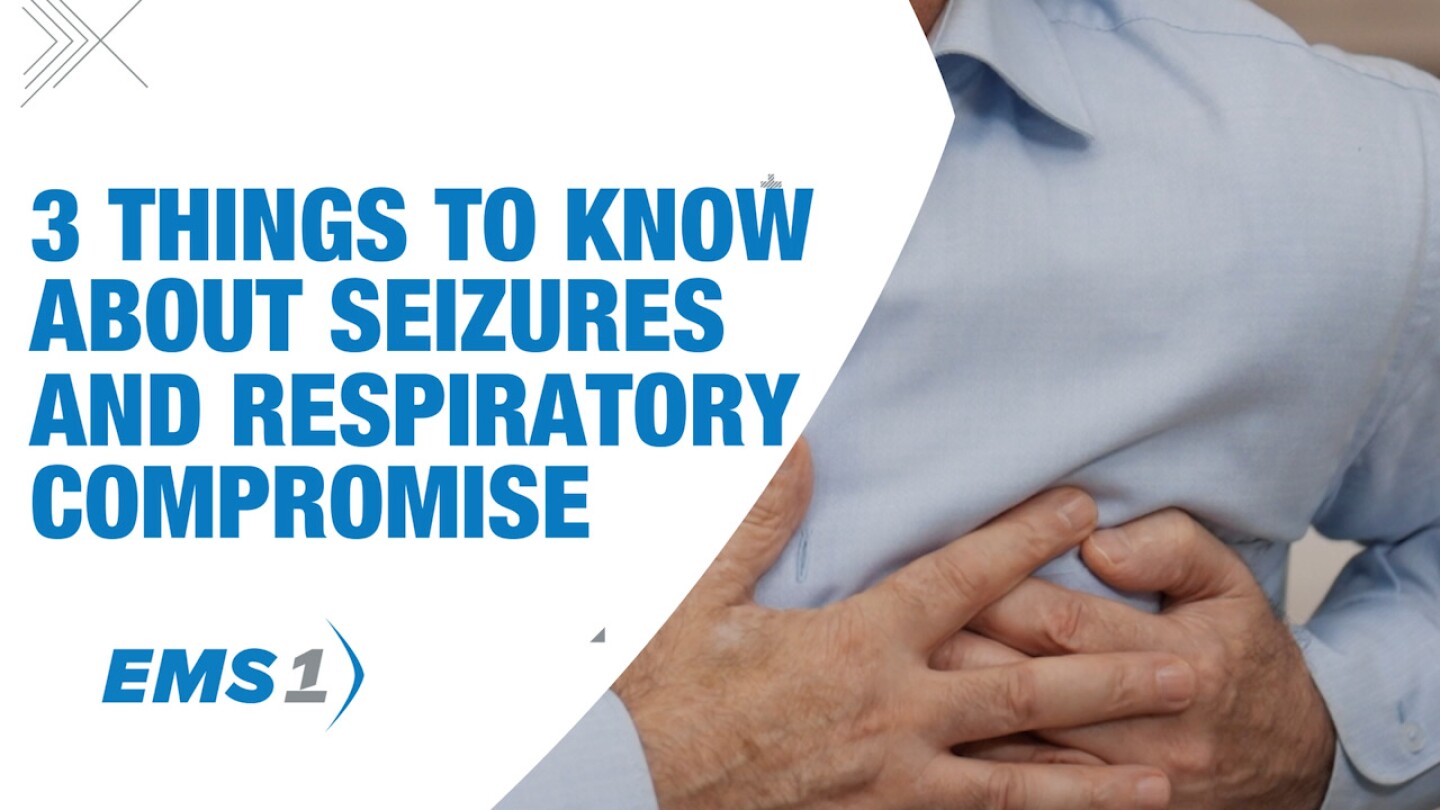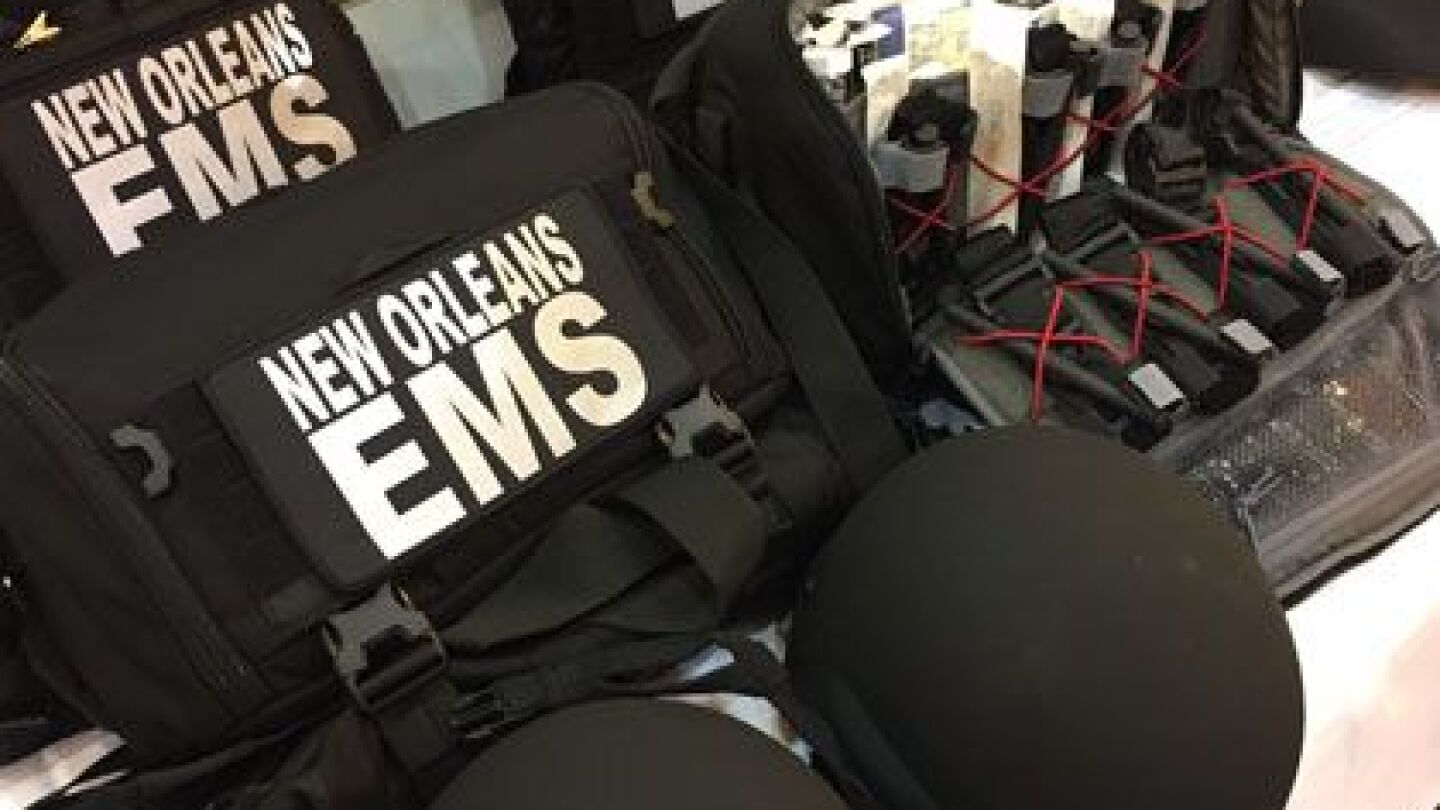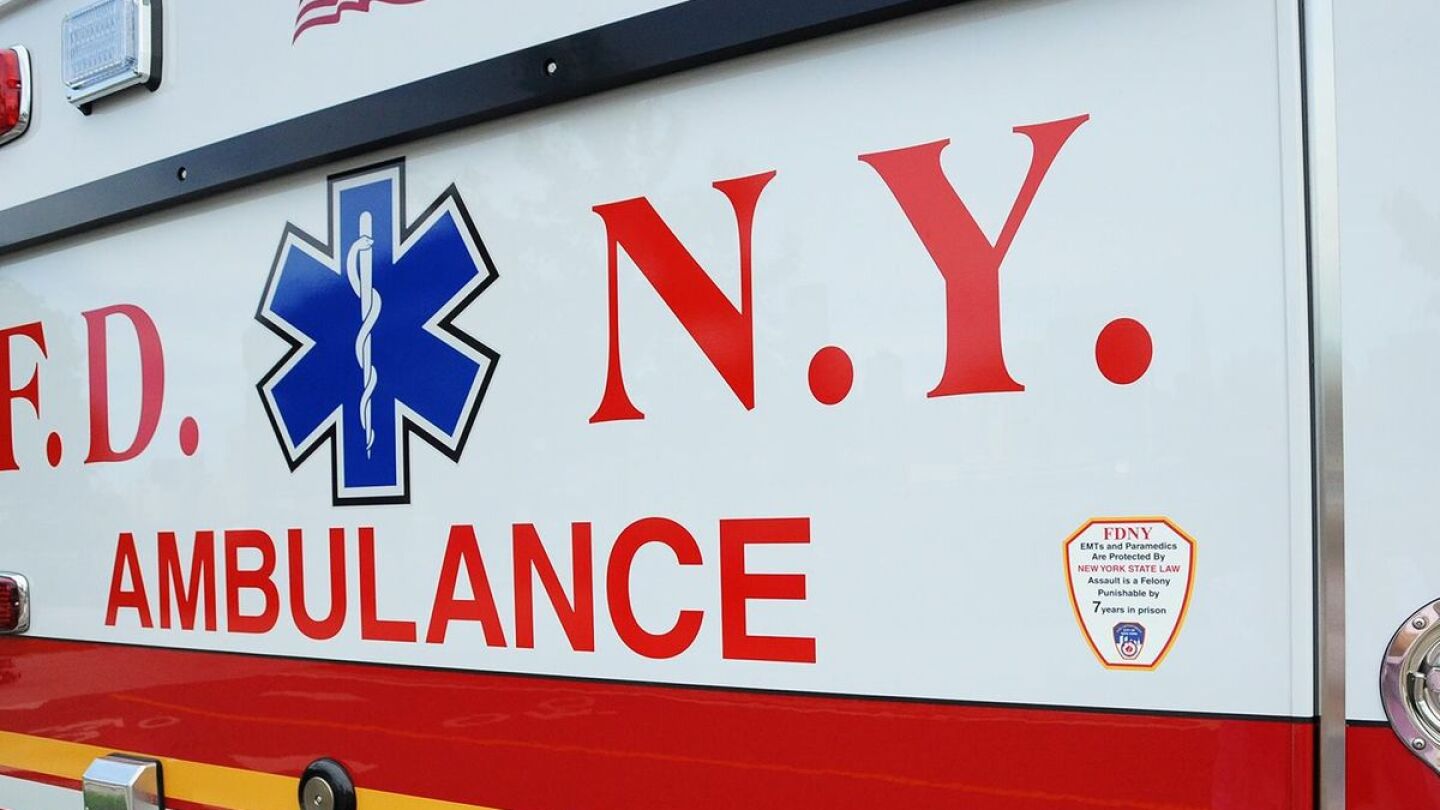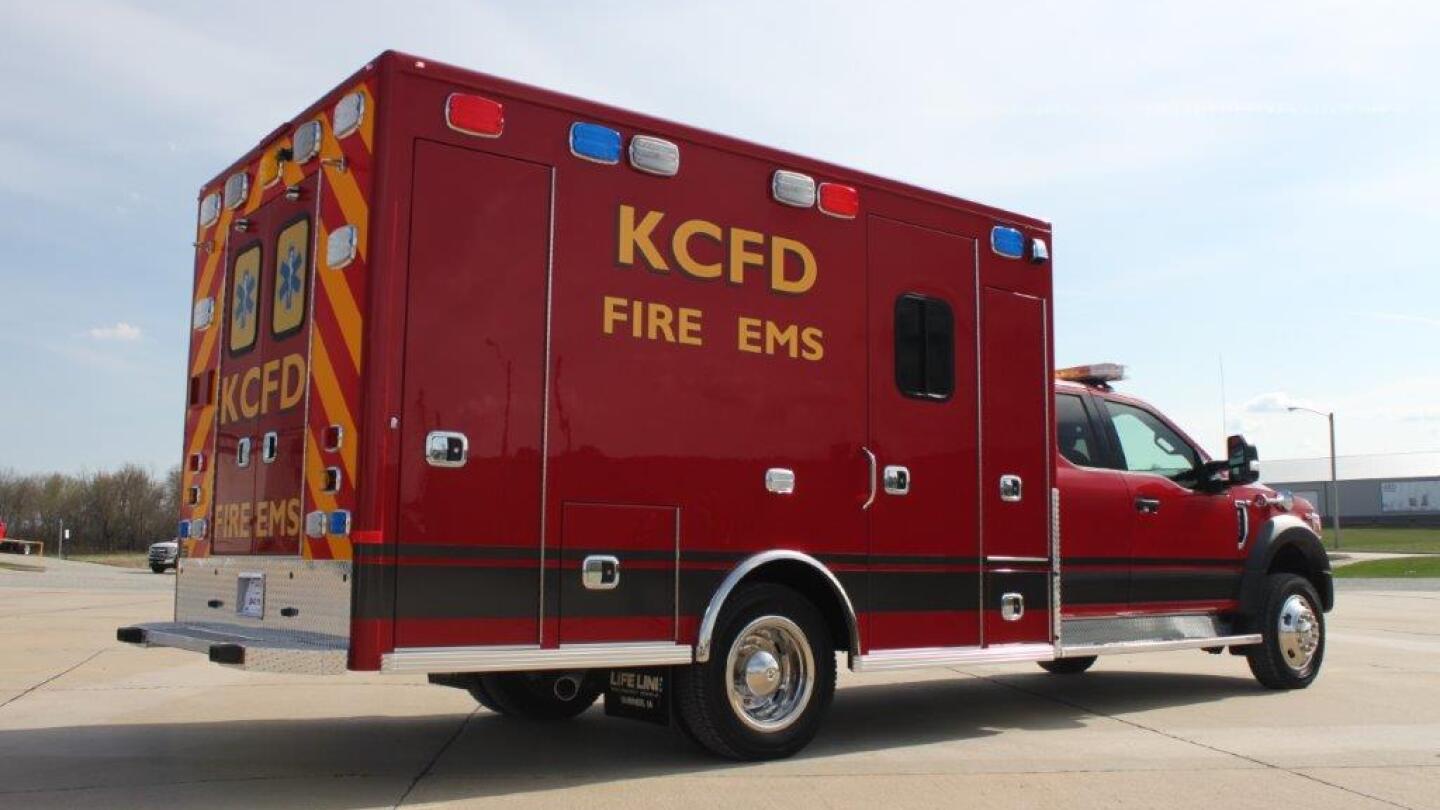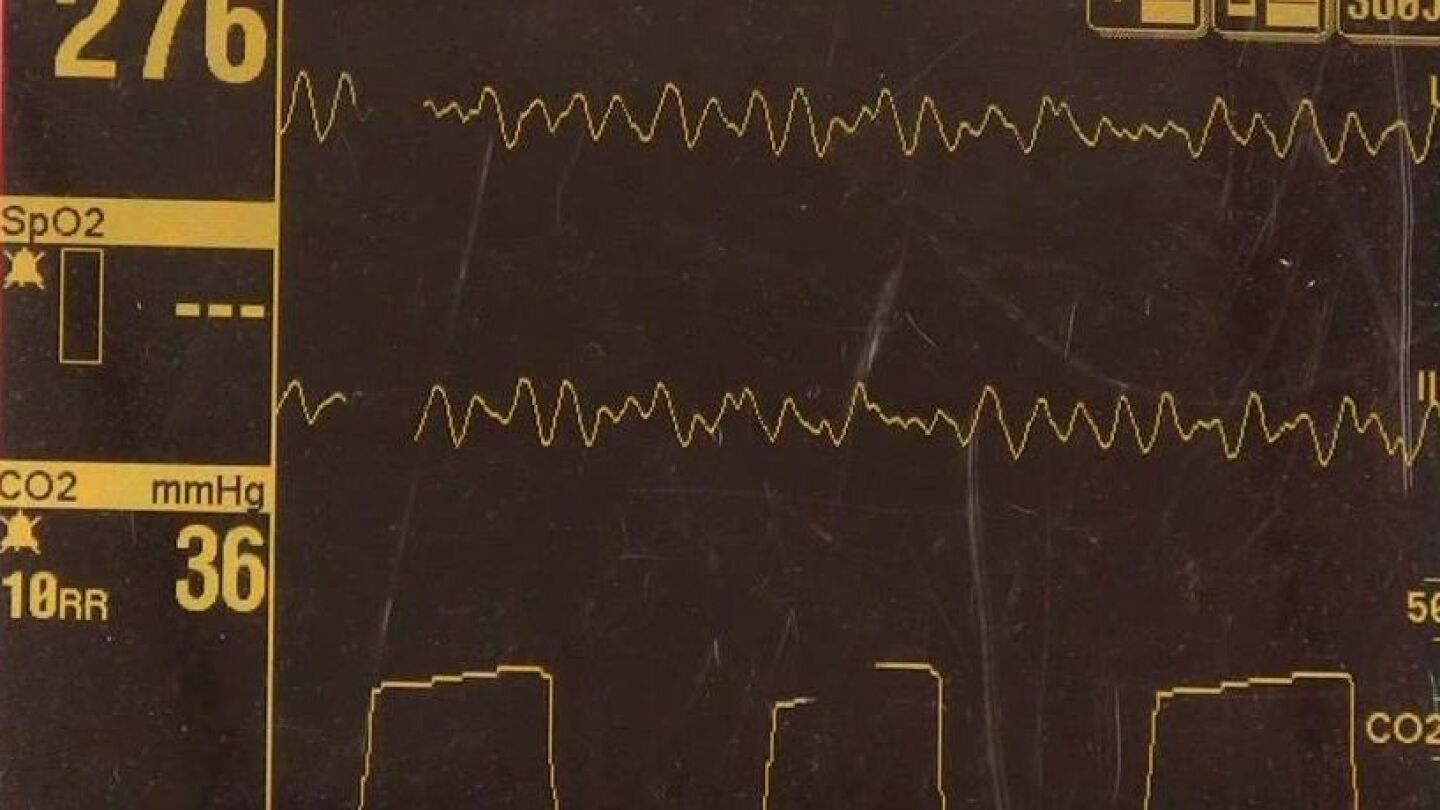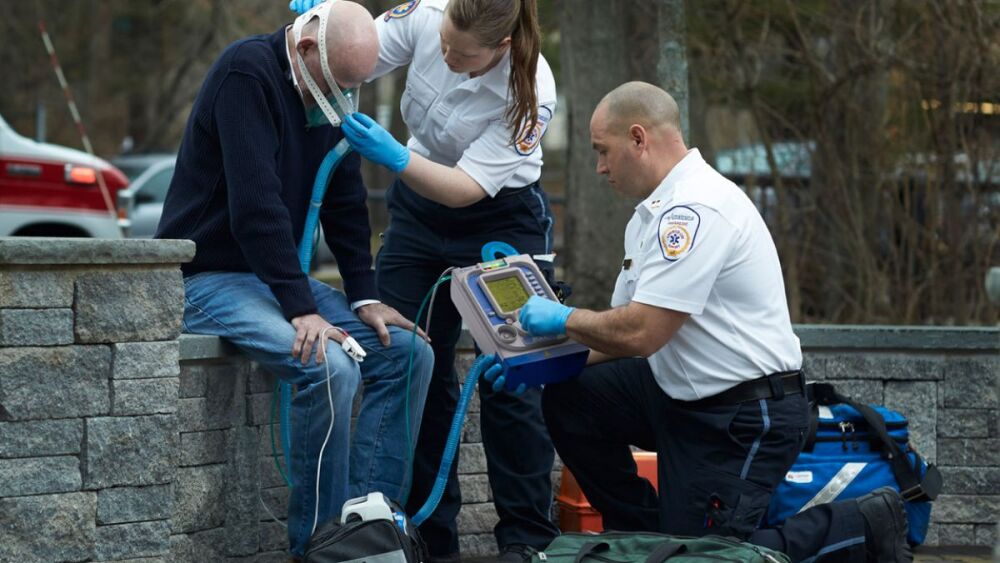Airway management
This directory provides essential articles on Airway Management, a critical skill for EMS professionals. Topics include techniques for securing airways, the use of advanced airway devices, and strategies for managing difficult airways in emergencies. Mastery of Airway Management is vital for ensuring patient survival during respiratory emergencies. For related information, explore our resources on Advanced Life Support (ALS), which often involves advanced airway procedures. Use this directory to deepen your understanding and improve your airway management skills in the field.
From burns to bleeding, head trauma to amputation, be prepared for when fireworks go wrong
Learn how to effectively manage respiratory challenges during and after seizures
This curated list of songs maintains the perfect tempo to guide your CPR compressions, ensuring you’re prepared to act swiftly and effectively in emergencies
First responders in Baldwinsville traced the leak to a battery-powered forklift
An aggressive bee attack in Riverside County injured a father and his son while they were feeding their horses
San Diego County’s extracorporeal cardiopulmonary resuscitation pilot program using ECMO was started over a year ago and involves three hospitals
Improperly mixed pool chemicals sent Great Wolf Lodge workers to the hospital in Webster
Fluid, dosing and airway considerations to prevent RV ischemia
Steve Whitehead shares how to assess that patient with weird, vague complaints
Discover the critical items that make up a tactical medical kit and understand how it differs from trauma bags and kits
Syracuse moviegoers complained of eye and respiratory irritation
A FDNY EMS spokesperson said the EMTs were transported to Staten Island University Hospital
Studies show that mechanical ventilation is superior to bag-valve-mask ventilation, especially in terms of patient safety
Props and tricks can add creativity into your next airway management adventure during simulation or on the job
Two of the victims were critically injured in the explosion at a popular dining and shopping area in Whittier
Download this EMS1 mechanical ventilators buying guide to learn key steps for product selection, purchasing and implementation
Engage your participants in pediatric resuscitation protocols, equipment and patient assessment
As the population ages and healthcare needs surge, EMS is evolving beyond emergencies to provide critical support through body cavity access devices and expanded care procedures
An initial visual assessment can identify threats to you and your patient before you narrow down a differential diagnosis
Kansas City firefighters entered the sewer and found the worker face down in six to eight inches of water
Steve Whitehead wants you to consider this one thing before pulling out the plastic tubes
Video showed Rochester police and AMR leaving the man on a bench where he fell over and was unattended for more than two minutes, the lawsuit claims
Patients complained of respiratory issues after an accidental release of the repellent inside the Lower Nazareth Township Walmart
Download this EMS1 capnography equipment buying guide to learn key steps for product selection, purchasing and implementation
For both intubated and non-intubated patients, capnography can provide a wealth of information about vital signs
Waveform capnography provides real-time feedback that BLS providers can use to make treatment decisions and improve care
The use of waveform capnography as a monitoring and diagnostic tool extends far beyond airway management and cardiac arrest
Application of an EtCO2 sampling device and waveform monitoring, especially during bag-valve mask ventilation, is well within the capability of EMTs
Going back to the basics ensures a smooth EtCO2 reading and creates a calming environment for both the patient and provider
Download this EMS1 airway management devices buying guide to learn key steps for product selection, purchasing and implementation
A 12-year-old boy was trapped while digging a hole at Silver Lake dunes
Miami-Dade Fire Rescue medics transported 22 patients due to a CO leak from a water heater
Exploring physical, chemical and alternate restraint considerations in agitated patients
MOST POPULAR
- Breathe easier: Using mechanical ventilation to deliver consistent, high-quality respiration in transit (eBook)
- Pump to the beat: Top songs for effective CPR compressions
- Airway Class vs. Airway Grade: Know the distinction
- Live from Wisconsin: Top clinical tips for paramedics
- Tension pneumothorax: Needle decompression steps



